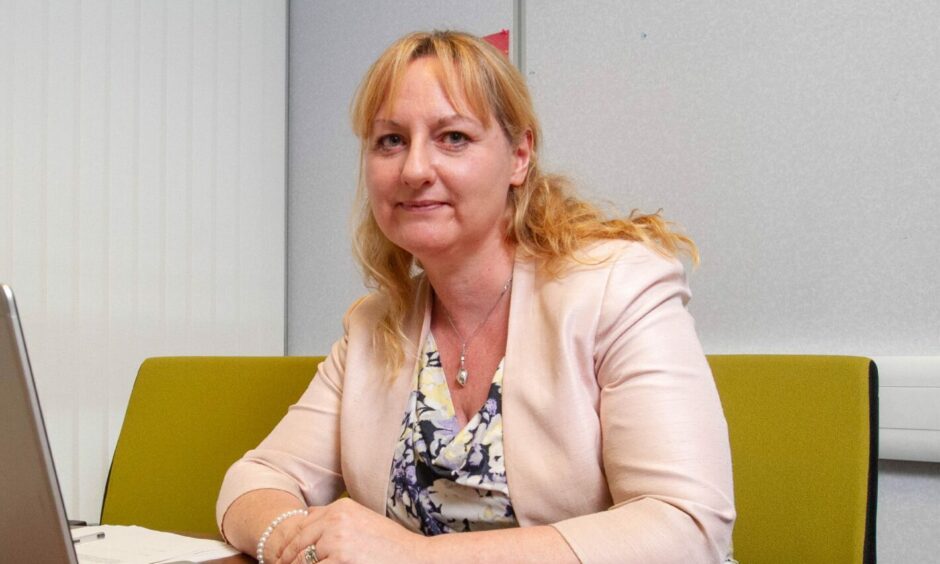Nicola Sturgeon should really have handed in her equity card and left the stage to Humza Yousaf as he prepared for his first national conference before a restless audience.
But like a diva who can’t bear not to still be treading the boards, she popped up at the SNP conference in Aberdeen stealing the limelight from the party leader and causing some to speculate whether she might be considering a comeback.
As a throng of reporters surrounded her, thrusting their microphones and recorders forward for her utterances as though she was a Hollywood star, one reporter asked if she was a liability to the SNP now.
He reminded her that Humza Yousaf had said losing to Labour in the Rutherglen by-election was partly down to the police investigation into the party, which had come up time and time again on the doorstep.
Deftly she pointed out that she was no longer leader of the party, while cutely reminding the media pack that she’d enjoyed a fair amount of electoral success when she was leading lady, but that she’d now support the party’s future electoral success in a very different capacity.

Opinion polls clearly indicate that any future electoral success is likely to be very scant.
Humza Yousaf inherited a party which at one time looked like emulating the world’s longest running play the Mousetrap, in its electoral dominance.
But they went way off script with policies which the voters rejected and now they appear to have completely lost the plot amid bitter infighting.
That in fighting was evidenced by last week’s defection to the Tories by MP Lisa Cameron who says she and her family have been forced into hiding after receiving a barrage of threatening messages.
Cameron resigned from the SNP claiming she couldn’t continue in the party in a “Toxic and bullying SNP Westminster group”.
Now politics is a rough old trade and it may be that some folk aren’t best suited to the rumbustious and rambunctious nature of the job.
But for a party which many folk feel rejected scientific evidence in the debate on sex and gender, and instead were seen to put the idea of ‘feelings’ in pole position, there’s a perception that there may have been negligible consideration of Cameron’s concerns over her mental health, and the treatment she claims she was subjected to.
Just as in Shakespeare’s Macbeth the appearance of Banquo’s ghost heralded the beginning of the decline of the Scottish king’s power, the spectre of Sturgeon haunting Yousaf’s leadership is a powerful one.
His every failure is in danger of being marked by her past successes, and her constant presence whether visible or invisible is a potential threat to clear decision making as the strains of leadership grow.
With serious losses of SNP MPs predicted next year at the General Election the stresses and tensions within the party could explode.
The prospects of losing the lucrative salaries and perks which accompany five years of guaranteed employment at Westminster may well force some MPs on to manoeuvres against a leader who is struggling to match the stagecraft of his mentor.
Her presence could become a haunting one and a serious threat to his control of the party as it faces its greatest test in years.
It may well be that no matter what the SNP do now their stage play has run its natural course with new actors waiting in the wings.
But if they hope to eke out at least another scene or two it would be best for them if Sturgeon’s appearance this week marked her final curtain call.
We took advantage of a three nights for the price of two offer at the Peebles Hydro hotel last week.
It reminded me of the charms of the Scottish borders which in some ways I find more attractive than the Highlands.
The scenery may not be as toweringly majestic, but there are still some stunning sights like the Grey Mare’s Trail, and amid the lush rolling and folded hills the quiet country road are ideal for walking and cycling.
More easily accessible and without the remoteness of the far north there are also plenty of charming towns and villages like Innerleithen and Melrose, where inviting independent cafes, shops, and restaurants abound.
There’s also a great collection of historic houses and visitor sites sometimes overshadowed by comparison to the more storied Highlands.
Traquair House for instance as the oldest inhabited house in Scotland where there has been continual residence for over 900 years, and an original hunting lodge used by 27 different Scottish kings, is redolent with our history, with Mary Queen of Scots rosary beads among the rare items on display.
The old saying is my heart is in the Highlands, but a visit to the Borders captures the soul too.














Conversation